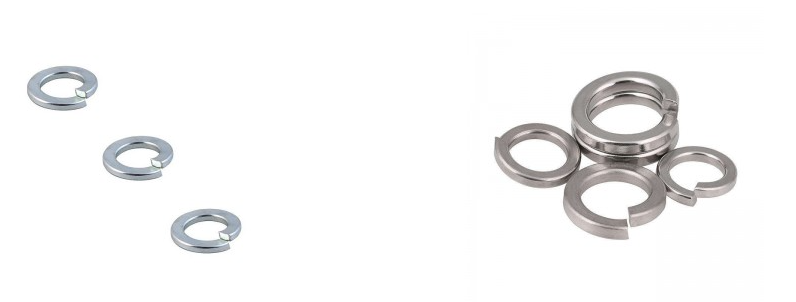drywall screw coarse vs fine thread company
The Ultimate Guide to Drywall Screws Coarse vs. Fine Thread
When it comes to drywall installation, one crucial decision that can significantly impact the quality and durability of your work is the choice between coarse and fine thread drywall screws. Understanding the differences between these two types of screws and when to use each can help ensure that your drywall hangs smoothly and securely on the walls or ceilings. In this article, we will explore the characteristics of coarse and fine thread drywall screws, their advantages, and their best applications.
Coarse Thread Drywall Screws
Coarse thread drywall screws are designed with larger, spaced-out threads. They have a diameter of approximately 6 or 7, and the threads are more pronounced. These screws are particularly beneficial for installing drywall over wood studs or framing.
Advantages of Coarse Thread Screws
1. Faster Installation The large threads of coarse screws grip the wood more effectively, making them easier and quicker to drive into wood surfaces. This can be a significant advantage in large projects where time is of the essence.
2. Reduced Risk of Stripping Because of their design, coarse screws are less likely to strip the wood fibers when driven in. This is crucial for ensuring that the screws remain securely fastened over time.
3. Stronger Hold The larger threads provide a robust connection, which can be essential when dealing with heavier drywall panels or in areas that may experience movement or vibration.
Best Applications for Coarse Thread Screws
- Installing drywall to wooden studs. - Situations where speed is of the essence. - Projects that require a strong hold, such as ceilings or high-traffic areas.
Fine Thread Drywall Screws
Fine thread drywall screws, on the other hand, have smaller and more closely spaced threads. These screws typically have a slightly larger diameter than coarse screws but feature finer threads that make them ideal for specific applications.
drywall screw coarse vs fine thread company

Advantages of Fine Thread Screws
1. Better for Metal Studs Fine thread screws are specifically designed for use with metal studs. Their design allows for a more secure fit in metal framing, ensuring that they hold firm without the risk of stripping that can occur with coarse threads.
2. Less Friction The fine threads create less friction when being driven in, which can result in cleaner installations, especially in more delicate materials.
3. Reduced Popping and Warping Fine thread screws minimize the chances of the drywall popping or warping over time due to their tighter grip, thus providing a neat finish.
Best Applications for Fine Thread Screws
- Installing drywall on metal studs. - Situations where precision is more critical than speed. - Projects involving thinner drywall materials.
Making the Right Choice
When choosing between coarse and fine thread drywall screws, the key factors to consider are the type of framing (wood or metal) and the specific requirements of your project. If you are working predominantly with wood framing, coarse thread screws will likely serve you best, whereas fine thread screws are the go-to choice for metal frameworks.
Moreover, the thickness of the drywall can influence your choice. For standard 1/2-inch drywall, either screw type may work, but for thicker panels, it’s essential to match the screw type to the framing material for the best results.
Ultimately, selecting the right type of drywall screw is vital for a successful installation. Using the appropriate screws not only ensures a sturdy hold but also contributes to a smooth finish, reducing the need for excessive touch-ups later on.
Final Thoughts
The difference between coarse and fine thread drywall screws is not merely a matter of preference; it is about understanding your materials and the requirements of your project. By equipping yourself with this knowledge, you can make informed decisions that lead to better quality outcomes in your drywall installations. Whether you're a seasoned contractor or a DIY enthusiast, taking the time to choose the right type of drywall screw can save time, effort, and resources in the long run.
-
Top Choices for Plasterboard FixingNewsDec.26,2024
-
The Versatility of Specialty WashersNewsDec.26,2024
-
Secure Your ProjectsNewsDec.26,2024
-
Essential Screws for Chipboard Flooring ProjectsNewsDec.26,2024
-
Choosing the Right Drywall ScrewsNewsDec.26,2024
-
Black Phosphate Screws for Superior PerformanceNewsDec.26,2024
-
The Versatile Choice of Nylon Flat Washers for Your NeedsNewsDec.18,2024










